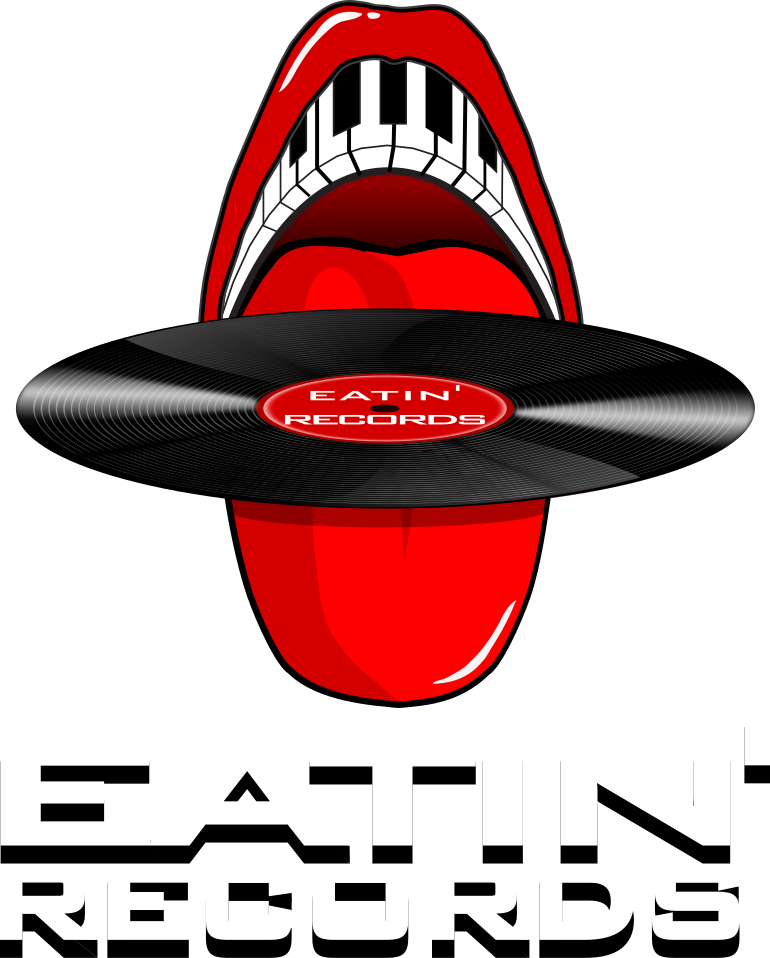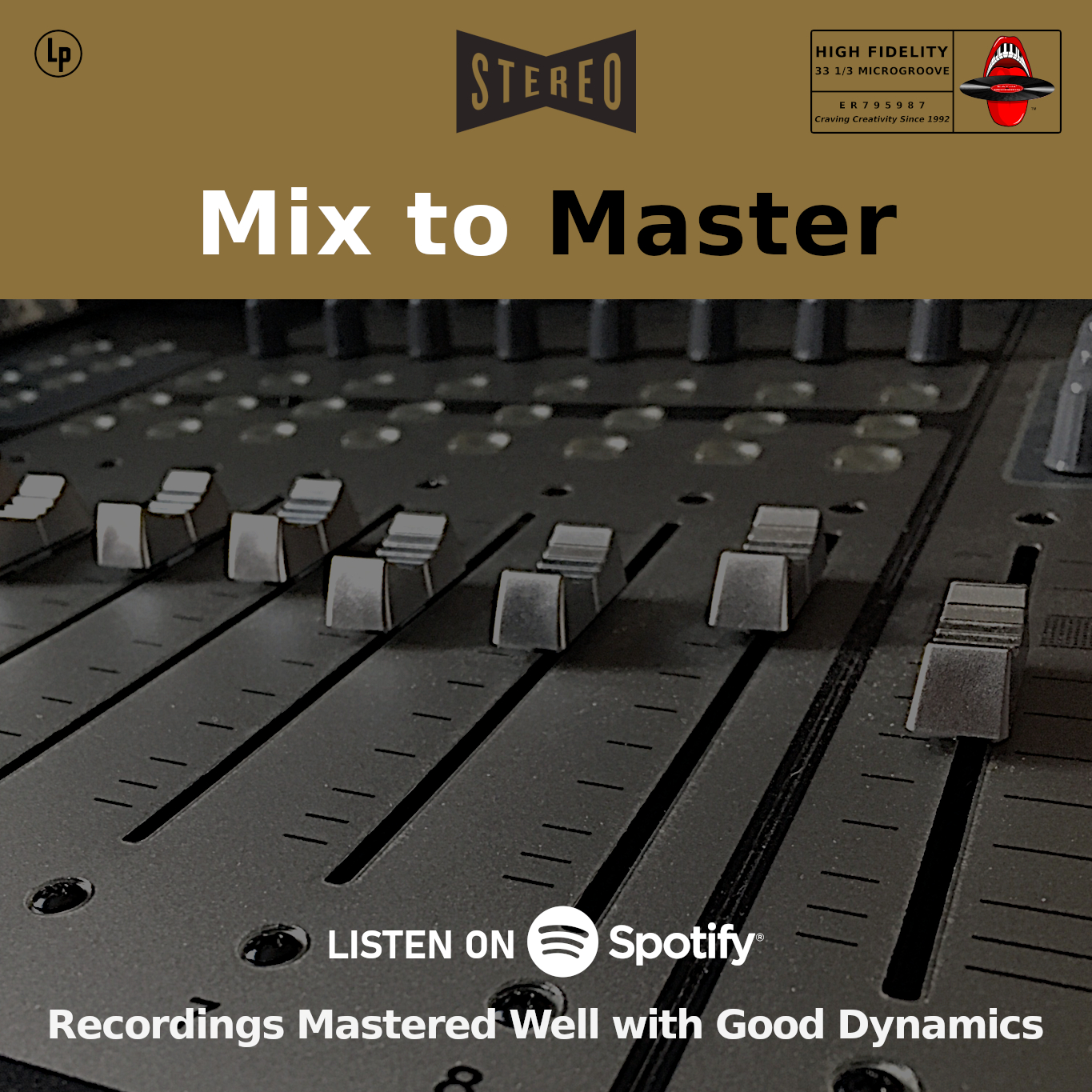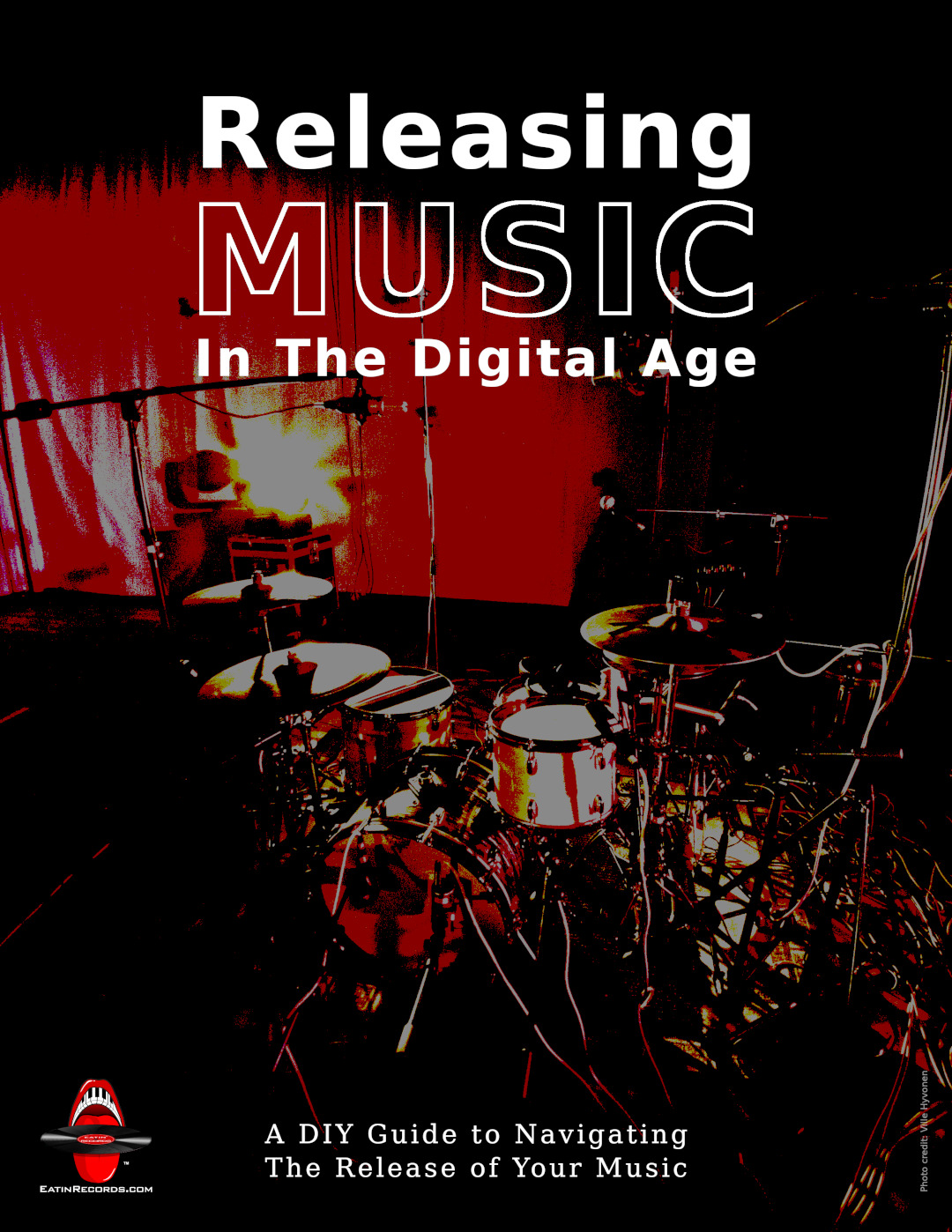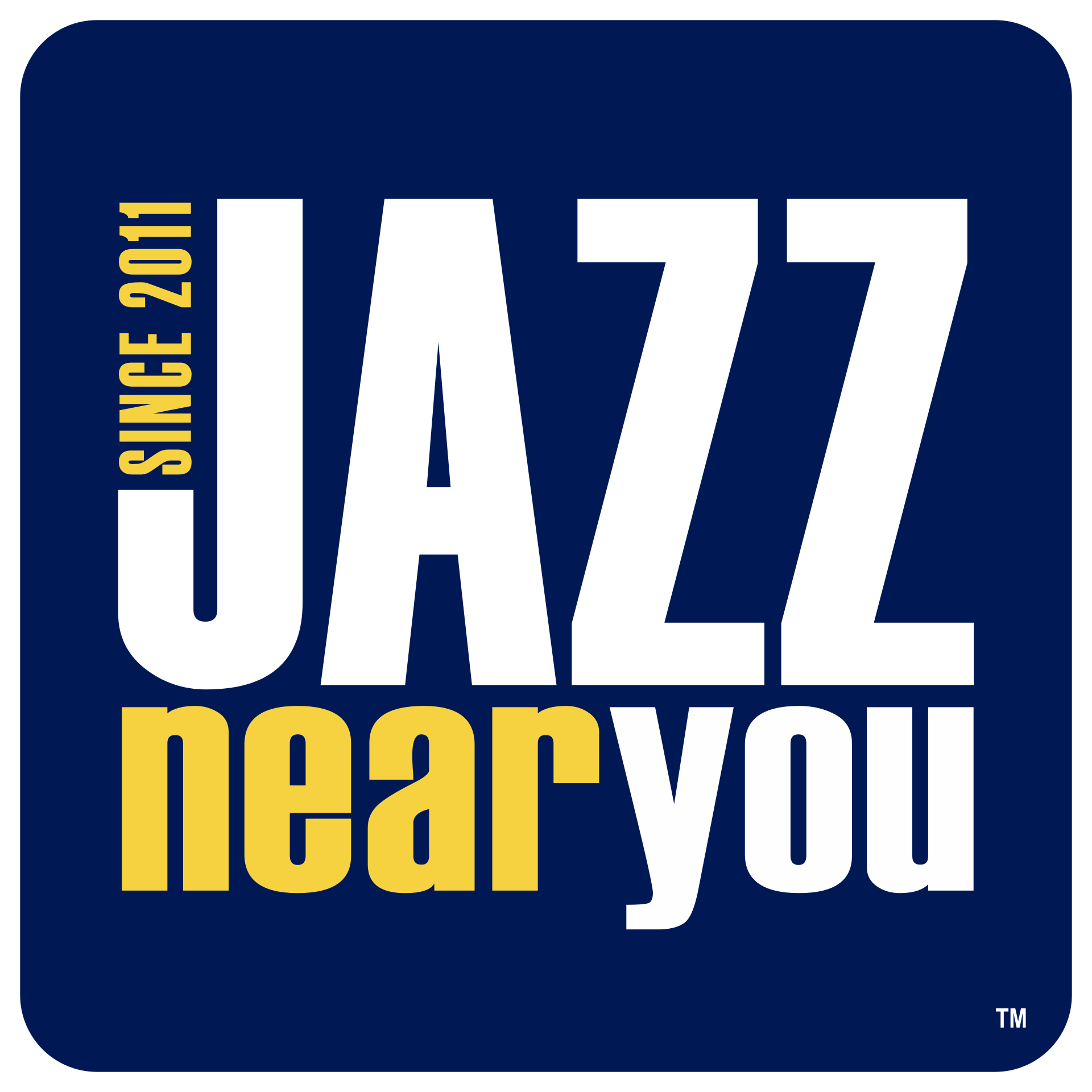RESOURCES
This playlist is a collection of recordings, from various genres, that are mastered well, possess good dynamics and are not squashed from hyper-compression. Many of the select recordings are highlights from famed mastering engineer Bob Katz’s Honor Roll albums (CDs). WARNING: do not judge the quality of a recording based on its perceived loudness! As Bob states, "high intrinsic loudness necessarily produces lowered microdynamics because of the compression/limiting required to prevent peak overload. A hot recording will have lowered transient clarity and less dynamic range. As the intrinsic loudness goes up, the sound quality can go down. The sound will not be as clear or as 'sharp' or as 'open' as a recording whose intrinsic loudness is lower. You can’t beat the laws of physics." Thus, the race to have the “loudest” recording is self-defeating!
As I have always explained to artists, follow best practices: the best mixes make the best masters. In fact, a perfect mix may need little to no processing at all during the mastering session. Therefore, take the time to craft good, if not great, quality mixes and not be of the mindset of “we’ll fix it during mastering.”
I think many of us engineers, producers and artists over the last few decades fell prey to the concept, and especially the competitive nature, that “louder” through more and MORE compression, soft clipping, and limiting some how equaled “better” sound. It’s time to come to the light and stop sacrificing quality for quantity (i.e., decibels). We all have a volume control on our devices, but none come with a quality control (i.e., dynamics) you can adjust.
Many thanks to Bob Katz for continually sharing his knowledge and expertise with the music industry, and for his fight against “The Loudness Wars.” I'm a better audio engineer because of him and an avid advocate for bringing back dynamics to recordings. For more information about Bob’s Honor Roll collection, including production descriptions, and his book, Mastering Audio: the art and the science, an invaluable and essential reference tool, visit the link below.
IMPORTANT! Please Read before listening to the playlist! You’ll need to be a Spotify Premium user to adjust the audio settings for optimal playback quality. Pull up Spotify’s settings (Your Home > Gear Icon) and select “Playback.” Look for the “Normalize volume/Enable Audio Normalization” and switch it off, and “Equalizer” and switch it off (mobile & tablet only). Then return to “Settings” and select “Music Quality,” then select “Very high” under “Streaming” and “Download” (if you plan to listen offline). Spotify claims to disable “Normalize volume” to hear the songs at the level they were originally recorded. NOT 100% TRUE! There’s still some compression/limiting applied (visit the Spotify link below to learn more). So, these settings will render the playback at approximately 320kbps without EQ (Free users can only adjust the sound quality up to “High”=160kbps), but with a small amount of compression/limiting. Therefore, I would NOT recommend using the playlist for any direct mix/master reference. Instead, I recommend using the playlist to find the song(s) you want to emulate for mixing or mastering and purchasing the original recording (preferably CD, but beware of remastered versions) for use as your reference. However, Amazon Music HD looks promising as another alternative, but I’m not sure about compression/limiter issues with their loudness normalization disabled.
NOSTALGIC NEVE PLAYLIST
The Renowned Sound of the 80 Series Mixing Consoles
The Neve 80 series mixing consoles are among the most sought-after recording consoles in the world, renowned for their exceptional sound quality. Since the 1970s, these hand-wired masterpieces have been featured on countless records. They were created by Rupert Neve, the English electronics engineer who founded the company. One of the rarest models in the 80 series is the 8028, of which only a few were produced, all featuring pure Class-A circuitry.
The most famous of these consoles is arguably the one that served as the centerpiece in Sound City’s Studio A, equipped with 1084 preamps. This console, now owned by Dave Grohl, was prominently featured in the 2013 documentary film “Sound City,” which he produced.
The Neve sound continues to thrive today, with many studios around the world still utilizing their 80 series consoles, including Power Station, AIR, The Village, and Ocean Way Nashville, among others. This playlist includes selected tracks from albums recorded using these legendary mixing consoles. We hope you enjoy...
Listen to some great jazz from the Pacific Northwest
© 2025 Eatin' Records. All Rights Reserved | Privacy Policy
Make a free website with Yola



